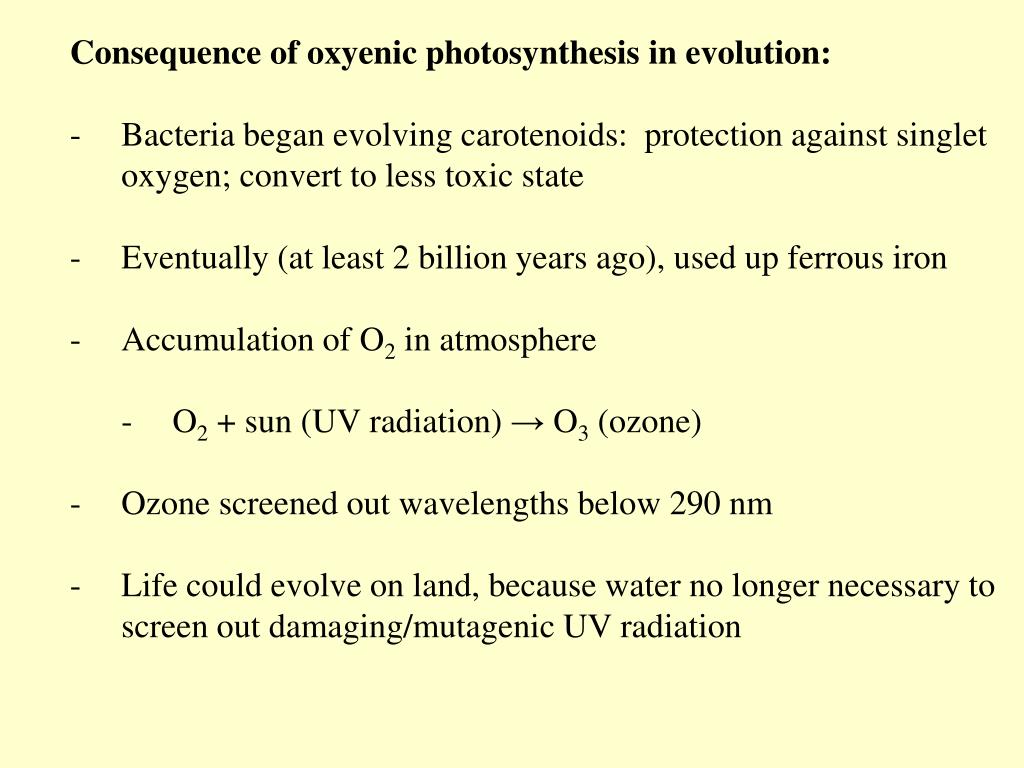
Gpx-1 overexpression protects against Fas-mediated apoptosis ( 23), increases the resistance of cultured β-cells to hypoxia/reoxygenation ( 24), and neutralizes peroxynitrite ( 25). Gpx-1 has a high affinity for H 2O 2 and catalyzes the reduction of organic and lipid hydroperoxides, which impair insulin secretion by islets ( 22). Gpx-1 was chosen for its broad cellular distribution and pleiotropic actions. Because extracellular SOD is not tightly bound to the cell surface and can be lost during cellular activation, it was modified to incorporate a glycophosphatidyl inositol (GPI) tail. We produced transgenic mice overexpressing the intracellular enzymes copper/zinc (Cu/Zn) SOD and Gpx-1 and the extracellular enzyme extracellular SOD. Here, we report the first demonstration that coexpression of enzymes to catabolize superoxide radicals and H 2O 2 protects islet grafts. Furthermore, it is important to consider the cellular location of increased antioxidant activity because of the likely diversity of sources of ROS during islet transplantation. The ultimate failure of manganese SOD–expressing islet grafts in a NOD scid mouse model may have been due to low expression of Gpx-1 and catalase ( 18). SOD is required to deal with superoxide radicals, but Gpx-1 or catalase may also be necessary to eliminate the resulting H 2O 2, which damages mitochondria in islets and blunts insulin secretion ( 21). Overexpression of a combination of antioxidant enzymes in islets may provide the most effective protection from ROS-mediated injury ( 20). ROS directly injure cells by DNA strand breakage and peroxidation of proteins and lipids but also activate a number of signaling pathways involved in inflammation and apoptosis ( 9). Simultaneous generation of superoxide radicals and NO results in the production of peroxynitrite (ONOO −) ( 7), which is a potent mediator of human β-cell destruction ( 8). In addition, nitric oxide (NO) is generated by upregulation of inducible NO synthase and from nitrated residues of necrotic cells ( 6). Hypoxia/reoxygenation generates reactive oxygen species (ROS), including superoxide radicals (O 2 −), hydrogen peroxide (H 2O 2), and hydroxyl radical (
#SUPEROXIDE D SPLITT FULL#
Native islets are richly supplied with blood but lose their vasculature during isolation ( 3), and full revascularization takes weeks ( 4). A significant number of transplanted islets are lost because of apoptosis and necrosis ( 2), mediated at least in part by oxidative injury. This problem has led to investigation of the causes of islet primary nonfunction, so that protective strategies may be developed. Islet transplantation has the potential to replace pancreatic endocrine function in patients with type 1 diabetes ( 1), but the requirement for two or more cadaveric donors per recipient limits wider application of the technique. Our results indicate that coexpression of antioxidant enzymes has a complementary beneficial effect and may be a useful approach to reduce primary nonfunction of islet grafts. In contrast to single- and double-transgenic grafts, triple-transgenic grafts significantly improved control of blood glucose compared with wild type. Islets from transgenic or control wild-type mice were then transplanted into streptozotocin-induced diabetic recipients in a syngeneic marginal islet mass model, and blood glucose levels were monitored for 7 days.

Expression of all three enzymes was the only combination protective against hypoxia/reoxygenation. Relative viability after hypoxanthine/xanthine oxidase treatment was as follows: extracellular SOD + Gpx-1 + Cu/Zn SOD > extracellular SOD + Gpx-1 > extracellular SOD > wild type. Islets from transgenic mice expressing combinations of human copper/zinc superoxide dismutase (SOD), extracellular SOD, and cellular glutathione peroxidase (Gpx-1) were subjected to oxidative stress in vitro. Our aim was to examine whether coexpression of antioxidant enzymes to detoxify multiple ROS increased the resistance of mouse islets to oxidative stress and improved the initial function of islet grafts.

Primary nonfunction of transplanted islets results in part from their sensitivity to reactive oxygen species (ROS) generated during the isolation and transplantation process.


 0 kommentar(er)
0 kommentar(er)
